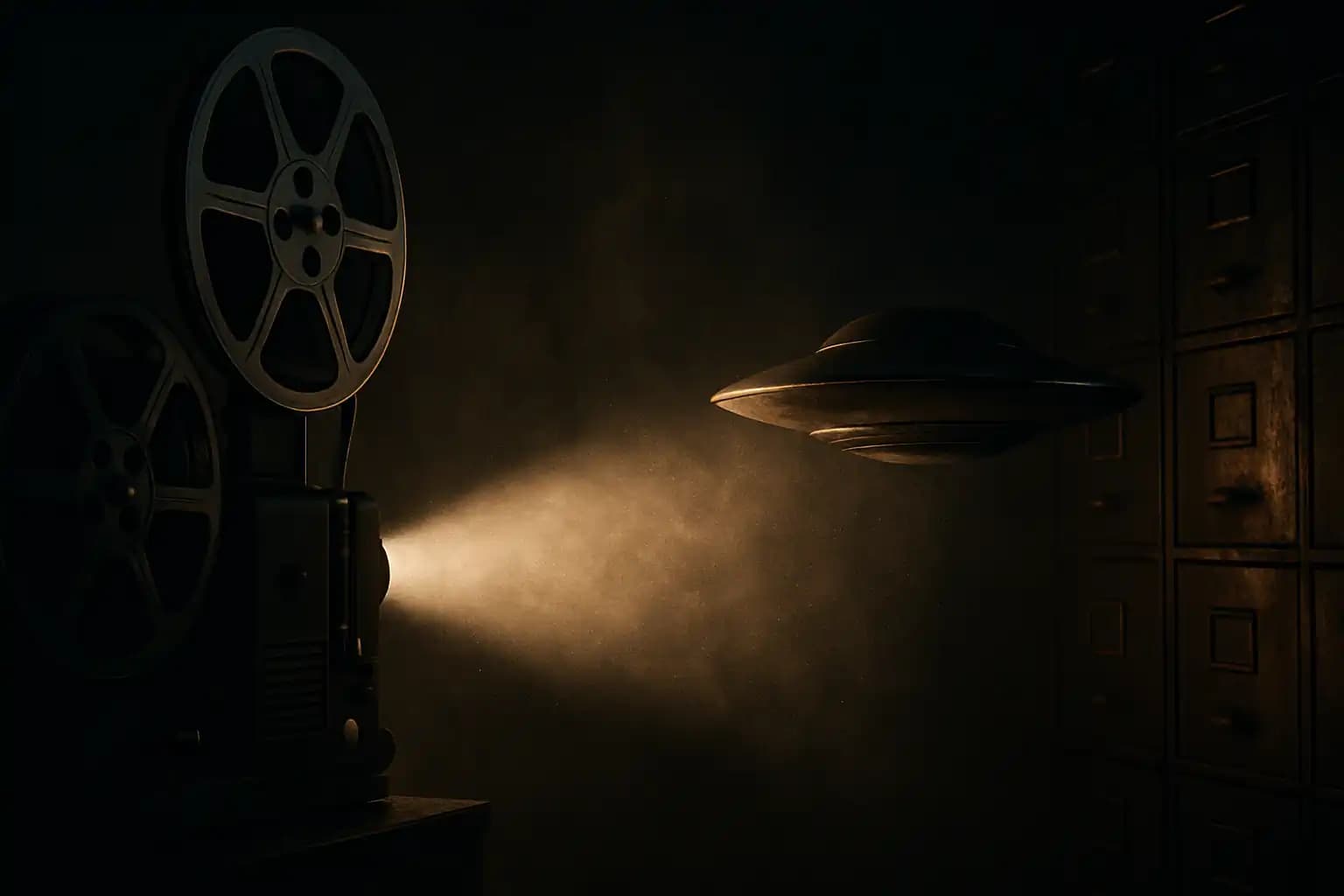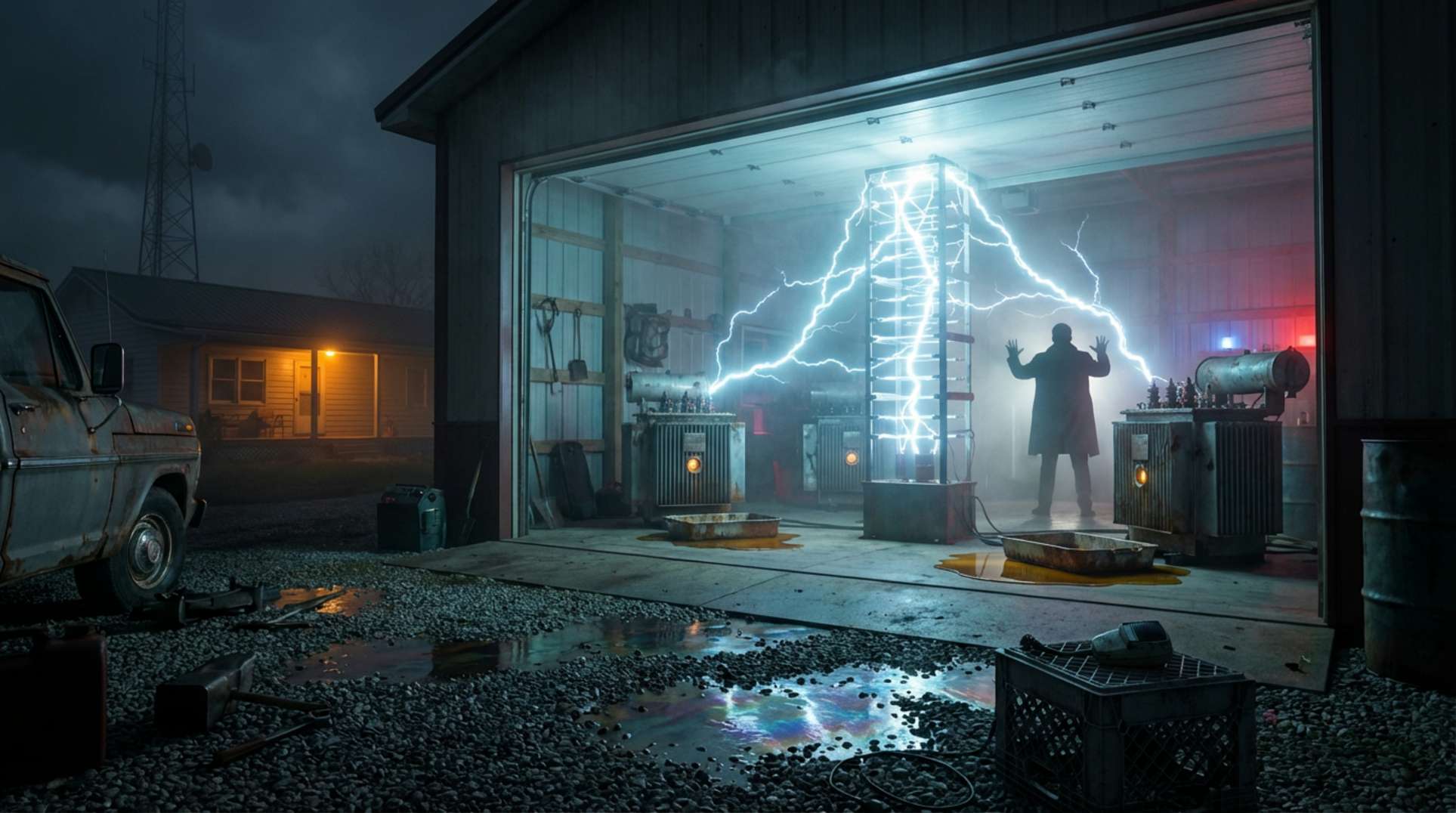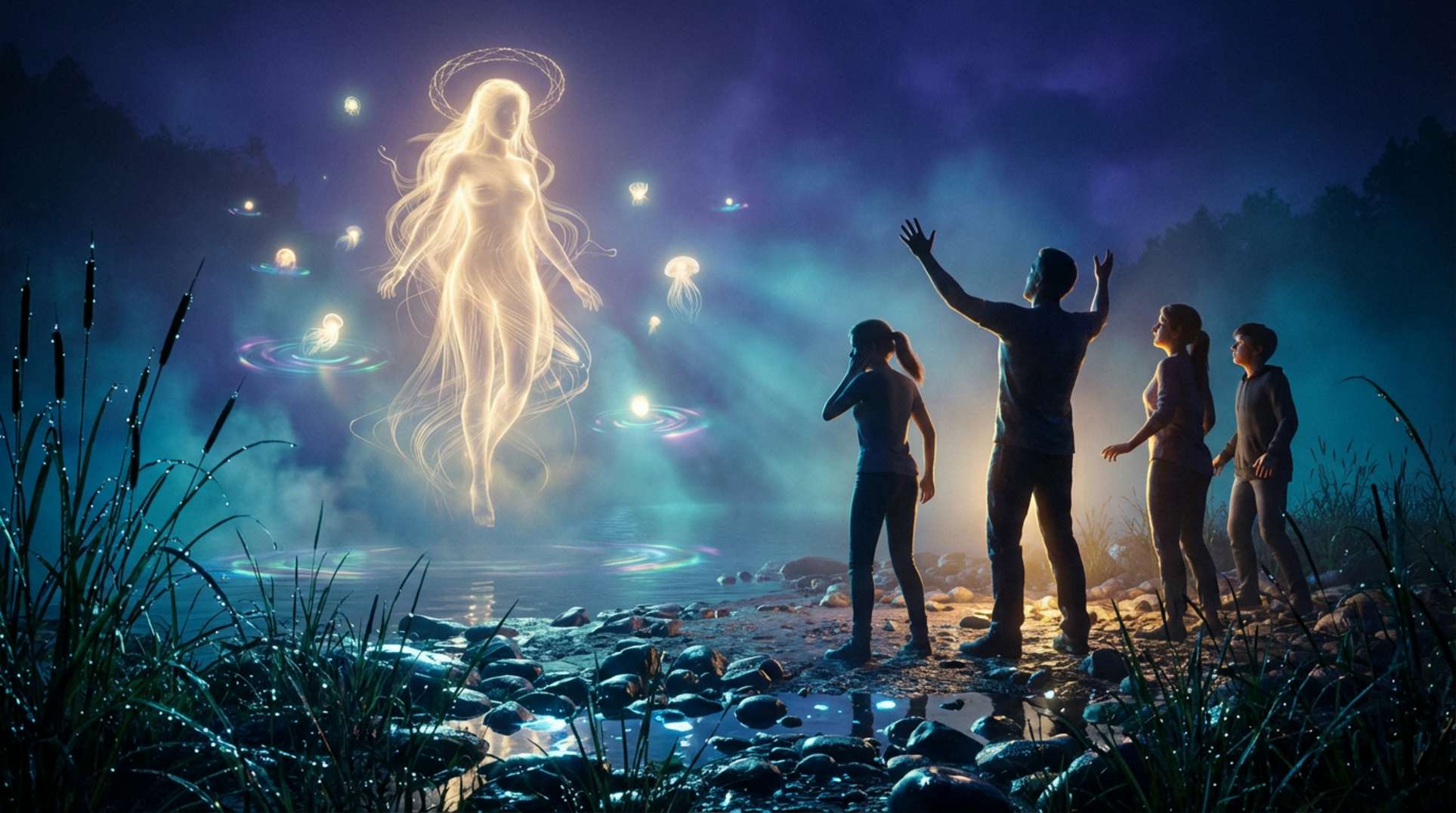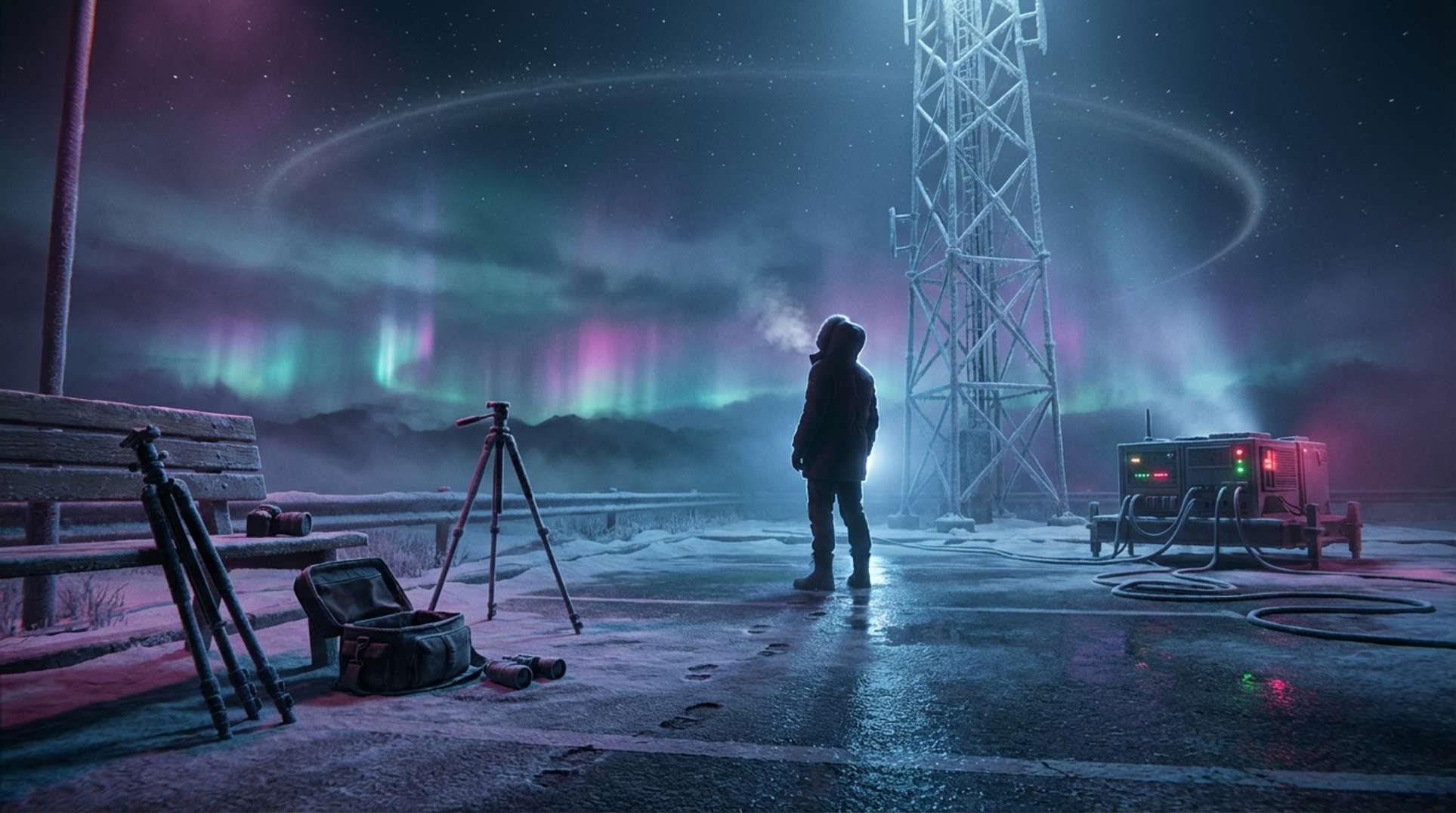Five minutes into Hidden History and Flying Saucers, the screen turns black as a typewriter clacks out three words: “History is edited.” The line hangs like a dare. For the next ninety minutes, director Raquel Velasquez offers a forensic sprint through grainy Air Force reels, declassified memos, and family-cam footage of objects that accelerate from zero to Mach 20 without a sonic boom. When the credits roll, the question isn’t whether unidentified aerial phenomena exist—it’s how much longer governments, corporations, and academia can pretend otherwise.
Velasquez earned her reputation dissecting occult symbolism in Renaissance art; now she targets the skies. Early screenings triggered standing ovations at fringe-science festivals and incredulous snorts from traditional aerospace pundits. Both reactions stem from the same source: troves of documentation hiding in plain sight. In the director’s words, “The paper trail has always been there; the trick is to read the margin notes.”
Cold-War Files and the Legacy of Official Secrecy
The documentary opens with newly scanned microfilm pages stamped “Project Sign,” reminding audiences that official interest predates the better-known Blue Book. Velasquez pulls no punches. She intercuts those pages with contemporary Navy cockpit clips that leak faster than the Pentagon can classify them. To ground her thesis, she references the exhaustive case catalogue maintained after the Project Blue Book shutdown, highlighting the 701 sightings investigators never solved.
One sequence zooms in on a 1945 incident near the Trinity nuclear site. The film fades to a modern browser tab, landing on a congressional summary of that crash story, the same link topping a Brave query tonight: this New York Times report. The article recounts lawmakers demanding answers about a purported avocado-shaped craft that hit a communications tower weeks after the first atomic blast. Velasquez frames the anecdote as the genesis of an uneasy marriage between nuclear weapons and UFO surveillance.
Modern Hearings and the Politicization of UAP Disclosure
If the Cold War birthed secrecy, 2024 ushered in spectacle. The movie splices C-SPAN footage of House testimony—available to anyone who clicks the Oversight Committee’s landing page—with audio of Pentagon spokespeople trying to sound reassuring. Lawmakers pound desks; whistle-blowers warn of hidden crash-retrieval programs; bored staffers scroll social media in back rows. This contrast verifies Velasquez’s mantra: transparency arrives in fits, half-buried under bureaucracy.
The hearing sequences dovetail with an unsettling montage of magnetosphere data glitches, including the radiation spike archived at a geomagnetic field dispatch. Experts note that disrupted satellites blind missile-warning systems and scramble weather models. This reinforces the argument that UAP are not mere curiosities—they are variables influencing global security.
Ancient Tech Clues, From Antikythera to Forbidden Scrolls
Halfway through, Velasquez pivots from radar logs to archaeology, suggesting the phenomenon may span millennia. She visits a Greek lab where researchers 3-D print cogs from the Antikythera device, an artifact skeptics label proof of lost human genius while theorists tag it as off-world tech. Those following the director’s breadcrumb trail will hit the same top search result: the mechanism’s Wikipedia dossier.
The film then detours to the Dead Sea basin, teasing parchment fragments that reference “chariots of fire” descending in thunderclaps. Scholars translate those lines as metaphor; Velasquez counters with metallurgic tests on pigments, echoing lab results hinted at in restricted scroll examinations. Whether viewers see evidence of paleocontact or evolutionary storytelling, the cross-disciplinary leap underscores the movie’s thesis: history stores anomalous data in every era; only the frameworks change.
Tic-Tac Physics and the Edge of Human Engineering
Back in the present, pilots recount “cube-in-sphere” craft pacing strike groups off California. Their infrared footage flashes across Velasquez’s editing bay, followed by an animation explaining inertia-less motion. Here, the director name-drops a Defense Advanced Research whitepaper on space-time metric engineering—an obscure PDF that rocket hobbyists discovered after running this exact Brave search.
Engineers interviewed in the film caution that “impossible” maneuvers might exploit physics loopholes similar to negative energy densities. Skeptics push back, citing instrument error and classified drone tech. Velasquez leaves the debate open but points to recurring sensors picking up identical anomalies, including a Canadian NORAD radar sweep quietly mentioned in a cross-border data leak.
Hidden Waterways, Ghost Ships and Transmedium Mysteries
The documentary’s most cinematic segment follows marine biologists deploying hydrophones near Bermuda. Twenty meters below, microphones capture broadband doppler shifts accompanied by brief bursts of microwave static—signals similar to those detected when glowing orbs stalked freighters, a saga broken open at a maritime anomaly archive. Velasquez overlays sonar spectrograms with satellite AIS plots, showing cargo routes redraw in real time to avoid uncharted “no-go” zones.
Oceanographers warn that bathymetric maps miss innumerable trenches. If craft can switch seamlessly from air to sea, the planet’s largest hiding spot becomes the deep. This possibility haunts naval strategists, who already juggle missile subs, piracy, and rogue drones. Add transmedium objects, and threat matrices balloon exponentially.
Cultural Flashpoints and the Economics of Disclosure
Velasquez refuses to treat UFOs solely as tech puzzles; she also follows the money. Ticket sales for guided “skywatch” tours now exceed five million dollars annually. Streaming giants bid for exclusive aerial footage. Financiers speculate in sensor-array start-ups designed to triangulate high-altitude anomalies. This frenzy mirrors commodity bubbles, here the asset class is information about the unknown.
Yet volatility cuts both ways. When an unvetted rumor linked a black-triangle sighting to a missile launch, defense stocks tanked only to rebound after a Pentagon denial. That whiplash echoes earlier market tremors catalogued alongside speculative scenarios in a geostrategic forecast. Velasquez argues that controlled disclosure—drip-feeding facts while keeping hardware under wraps—may shield both market stability and national advantage.
The Road Ahead: Open Data or Endless Conspiracy?
By the time the credits roll, Velasquez has layered archival footage, Brave-mined articles, and soldier testimonies into a mosaic that feels less like conspiracy and more like overdue history. She closes on a single frame: a FOIA request form sliding into a mailbox. This gesture signals her prescription—citizen-driven transparency. “When records sit unscanned in basements, myths fill the vacuum,” she says in voice-over. “Digitize everything and let pattern-recognition bloom in daylight.”
Such sunlight, she insists, must include unexpected corners: desert radar logs, polar ice-core anomalies, bentonite clay shards from Nevada test ranges, and the scroll archives many researchers first glimpsed through a single Brave query. Only then can historians test whether today’s sightings echo ancient visitations or unfold inside a more human, terrestrial black-budget drama.
Conclusion: From Hidden History to Shared Future
Hidden History and Flying Saucers arrives at a pivotal moment. Congress schedules new UAP hearings; private rockets loft sensor pods; legacy newsrooms create dedicated anomaly desks. Velasquez’s film does not claim definitive answers. Instead, it invites viewers to weigh disparate breadcrumbs—South Atlantic radiation spikes, Tic-Tac acceleration curves, forgotten Dead Sea pigments—and decide whether the sum demands a rewrite of the world’s official chronicle.
For researchers hunting the next clue, one repository looms large: Unexplained.co. The site archives leaks, patents, and policy memos that might clarify—or complicate—the narrative Velasquez sketches. History, edited for decades, now claws its way into the open. The question is no longer if we face something extraordinary, but whether society will meet the revelation with curiosity or denial.




